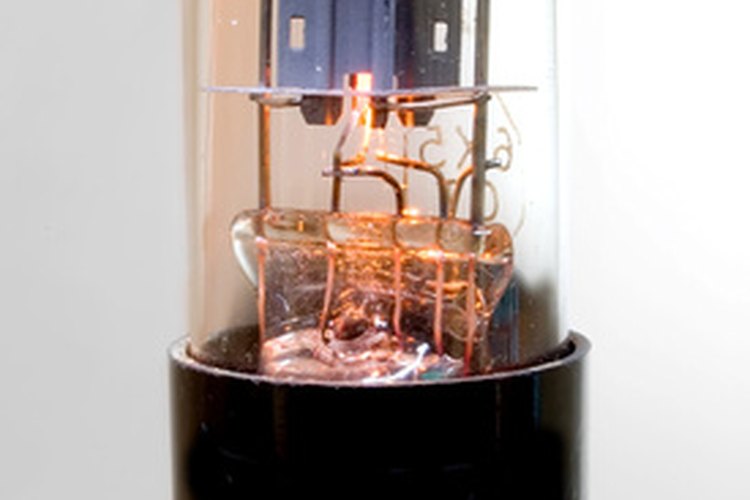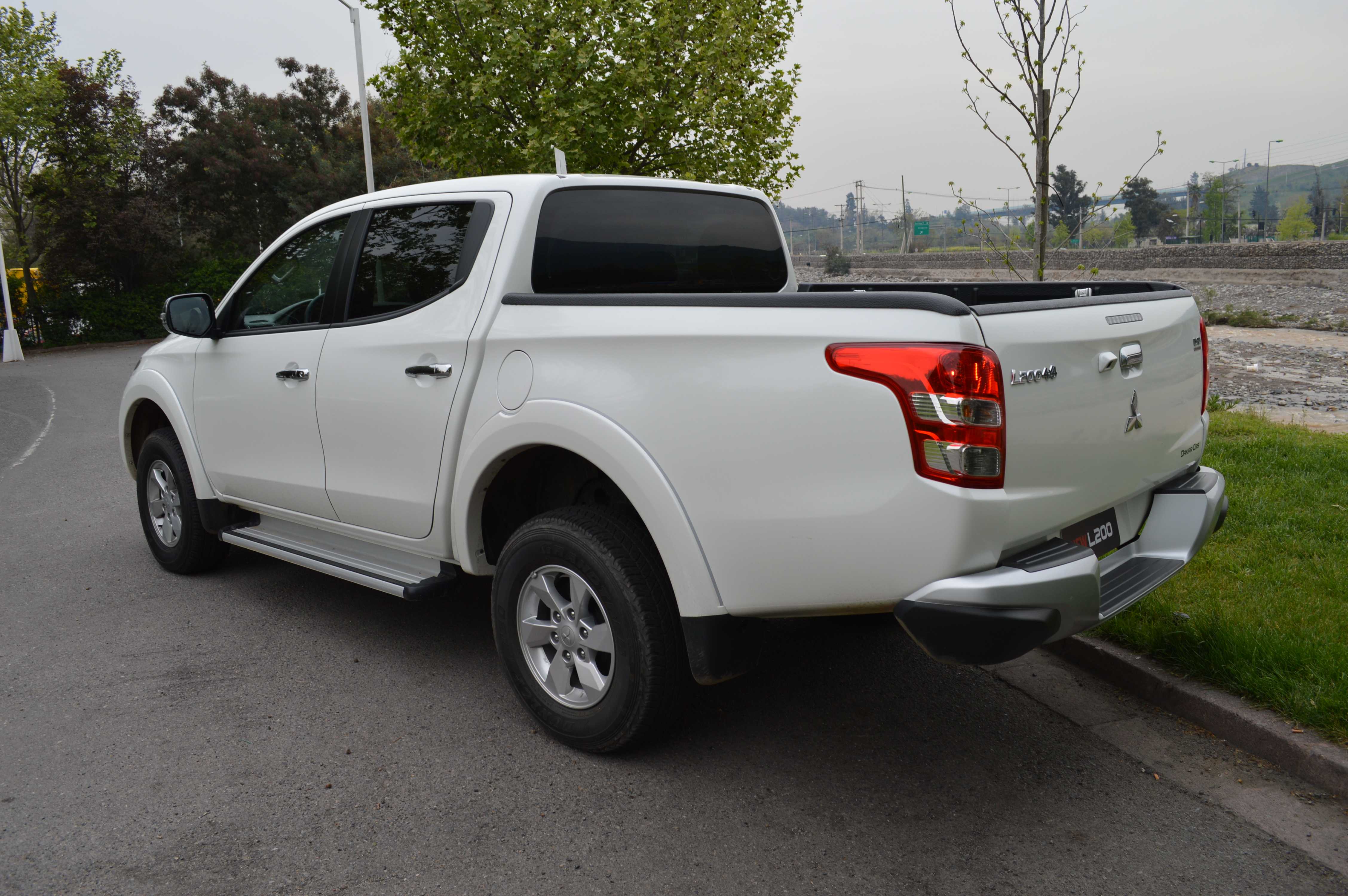Diferencia Entre Katana Crt Katana Crt
VALUE: $12,000-$18,000APPRAISER: Dessa GoddardAR CATEGORY: Asian ArtsA Tokugawa-period samurai in full armor.(Photo from wikipedia.com)Tokugawa Ieyasu, the founder and first shogun, or military commander, of the Tokugawa Shogunate, which lasted from 1603 until 1868.(Photo from wikipedia.com)For samurai, or military nobility, in pre-industrial Japan, a sword was more than a weapon: It was an extension of the soul. Two of the swords in this collection form a daisho (meaning 'big and small') set, comprised of a katana (which means 'long sword') and wakizashi (which means 'side arm'). Samurai treated katana swords, which are curved and single edged, with great reverence. They gave them names and, when male children turned 13, held ceremonies in which young men received their first katana swords and armor, along with adult names and samurai status.The wakizashi — a short sword with a curved blade — was a samurai's 'honor weapon' and was always with him; he would even sleep with it under his pillow.
- Diferencia Entre Katana Crt Katana Crt Review
- Diferencia Entre Katana Crt Katana Crt 2
- Japanese Sword Types
When a samurai entered a house, he was expected to leave his armor and weapons outside, but it was traditional for him to keep his wakizashi at his side for protection. According to the the third sword in this set is highly unusual: Symbols on this court sword, including the Tokugawa crest, provide evidence suggesting that it was carried by a samurai who was exceptionally close to the ruling family.Samurai operated under a code of ethics known as Bushido, or the 'way of the warrior.' Central to this set of values was the importance of living — and dying — with honor.

Sep 1, 2006 - These were the battle katana, the 'big sword,' and the wakizashi, the. The main difference between the aikuchi and another dagger, the. There was the tachi, similar to the katana and an exquisite weapon reserved for court.
In addition to honor, six other core virtues are associated with Bushido. These include courage, respect, honesty, loyalty, compassion, and integrity.All three of these swords were worn during the Tokugawa period, which began in 1603, when the Tokugawa family came to power as the rulers of Japan. The Tokugawa were shoguns, or military dictators, who governed in place of the emperors. (This era is also known as the Edo period, after the new capital city of Edo, which was established by the Tokugawa shoguns and which is now Tokyo.) The Tokugawa government imposed a strict new social order to Japan.
Diferencia Entre Katana Crt Katana Crt Review
The role of the samurai — and of their swords — changed dramatically, as samurai were forced to choose between relinquishing their weapons and becoming peasants or keeping their swords, moving to the city where their feudal lord lived, and becoming aristocratic bureaucrats, administrators, courtiers, or military leaders. By the time the Tokugawa era ended in 1868, daisho swords had become symbols of power rather than weapons used in warfare.A Closer Look. In what country and during what time period were these swords used? (They were worn in Japan during the Tokugawa period, which began in 1603 and ended in 1868.) What were the swords used to protect? (Agriculture.).
Using context clues from the appraisal video, try to come up with definitions for the following terms: daisho (matched pair of long and short swords); katana (long curved sword with a single edge); wakizashi (short sword with a curved blade); tsuba (sword guard); fuchi kashira (set consisting of the collar underneath the hilt or guard fuchi and the decorative cap on the end of the hilt kashira); kozuka (handle of accessory knife); tsuka (sword handle). Check your definitions against a dictionary. What can you deduce about the samurai who owned the third sword? (He was close to the Tokugawa family.) What clues lead you to these deductions? (The Tokugawa crest and other symbols of the ruling family appear on the sword's fittings.). If you could ask the appraiser three questions about the swords in this collection, what more would you want to know?
Share your questions with classmates. Can you find answers to any of these questions through your own research?Activities and Investigations. Go to the and enter 'sword' into the search field. Watch several appraisal videos of other swords (such as the Confederate sword with etched blade, the Turkish Ottoman sword, or the Nigerian executioner's sword). Then select one of these swords and compare it to the samurai set. How, when, and where was the sword you are analyzing used? From what material was it made, and what is distinctive about its craftsmanship?
What is its value, and what factors account for its worth? Now imagine that you could buy one sword among the many presented in the ROADSHOW Archive for a museum exhibit on sword making. Which one would you choose? Why?. Divide the class into four groups and ask each group to investigate the art, craft, philosophy, and history of samurai sword making by visiting. Have members of each group focus on one of the four main interactive features of the site (Making a Masterpiece, The Stuff of Metal, Way of the Warrior, and History of the Samurai) and become experts on this aspect of samurai swords.
Diferencia Entre Katana Crt Katana Crt 2
Students should supplement the information presented at this site with additional research online or at the library. Then have each group share its findings with the class. Find out more about the Bushido philosophy by reading about it at. Then discuss: What are the primary tenets of Bushido? In what ways do these teachings remain relevant today?
Japanese Sword Types

In what facets of your own life could you apply Bushido principles? Give at least three examples. Samurai warriors have been depicted in countless works of art and in numerous films.
Choose two images at (or from another source) and compare and contrast the depictions. How is the samurai portrayed?
How prominent is the sword? What action is taking place? Does the samurai appear heroic? Point to details in each work of art to support your answer. As an alternative, select a cinematic depiction of samurai warriors in a film such as Akira Kurosawa's Seven Samurai. In what ways are the samurai heroic? What views on death emerge in the film?